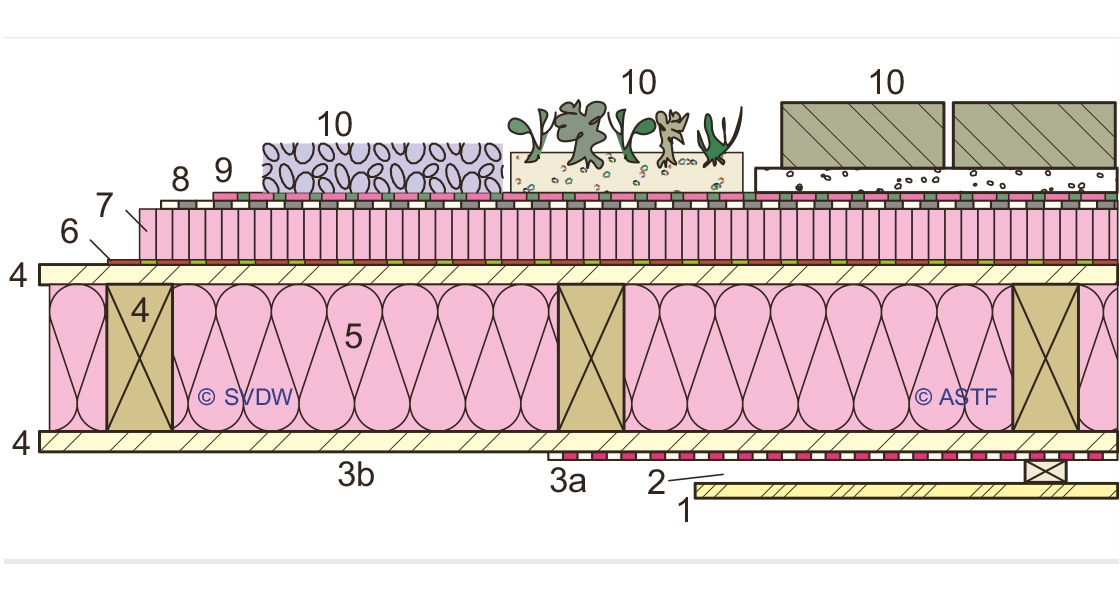
- Ventilation
- Posted
Detail out flat roof condensation - Partel
Low energy building and airtightness specialists Partel have warned of the importance of ensuring any flat roof construction is properly designed to prevent interstitial condensation and the accumulation of moisture.
This article was originally published in issue 17 of Passive House Plus magazine. Want immediate access to all back issues and exclusive extra content? Click here to subscribe for as little as €10, or click here to receive the next issue free of charge
Speaking to Passive House Plus, the company’s Hugh Whiriskey emphasised that with more and more designers now specifying vapour control membranes in flat roof constructions, it is crucial each roof structure is correctly designed to prevent any moisture issues from arising.
“It’s a question we get asked quite often – is there a rule that I can apply in general terms to all flat roofs? Unfortunately there isn’t due to the mix of factors that affect moisture,” Whiriskey writes in a recent blog post at his website, www.partel.ie.
He mentions three variables that can affect moisture in flat roof construction: the orientation of the roof (north facing roofs have lower solar gain and therefore dry more slowly), the colour of the outer roof membrane (lighter colours reflect more sunlight, and thus transfer less heat inside for drying) and the location of the insulation (whether it’s above or below the structural elements, or a mixture of both).
The blog post details four ‘safe’ flat roof construction configurations: an unventilated construction with insulation on top of the supporting structure, a ventilated construction, an unventilated construction where the insulation is within and on top of the existing structure, and an unventilated construction where the insulation is only within the supporting structure.
He points out that non ventilated structures have a lower tolerance for error, and that for the latter two roof build-ups, vapour control layers should allow for back-drying and have an Sd value of less than 10, but ideally have a variable Sd too. He writes that the more primitive Glaser method of condensation analysis will fail to calculate condensation in these build-ups accurately, and therefore he recommends a site specific Wufi analysis.
“Quality of application and blower door testing is critical towards achieving results,” he adds. He also told Passive House Plus: “Current thought suggests that insulation either above or below the roof deck is safe when in reality it is more complex. A fully insulated ceiling joist with a lightly coloured closed roof membrane may actually cause problems when assessed over 20 years, and when simulated in Wufi.
We are therefore now recommending insulation over roof decks and suggest a flat roof specific 1/3 to 2/3 rule, where the insulation over the timber deck be at least 1/3 that of the total insulation.”
Partel supplies the Ampack system of airtight vapour control membranes, wind-tight membranes and associated tapes, which comes with a 10 year guarantee.
To read the full blog post visit www.partel.ie.







